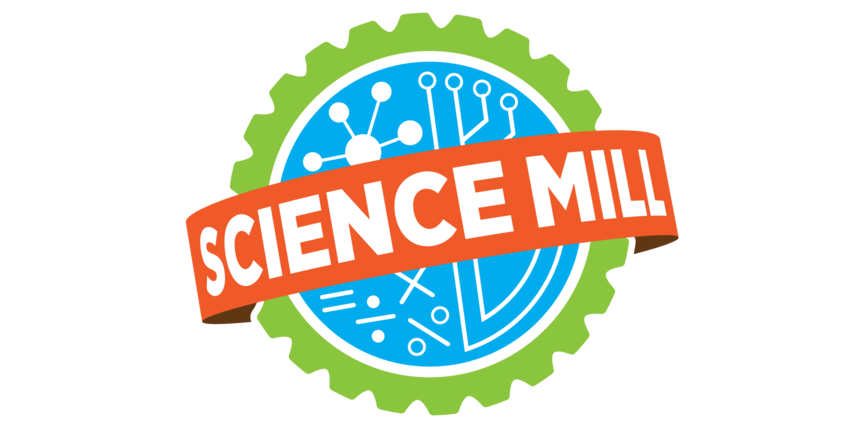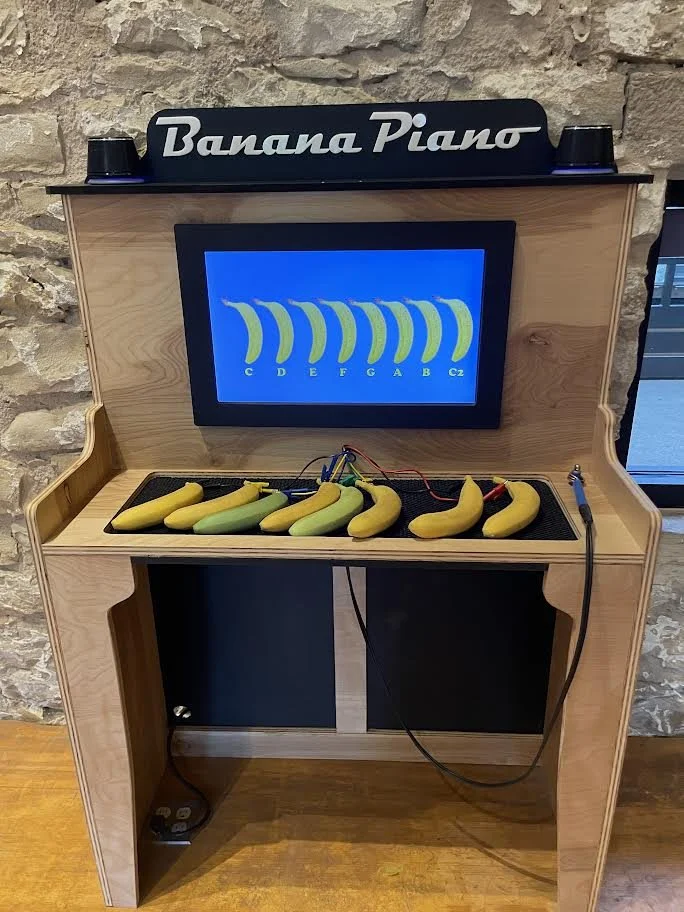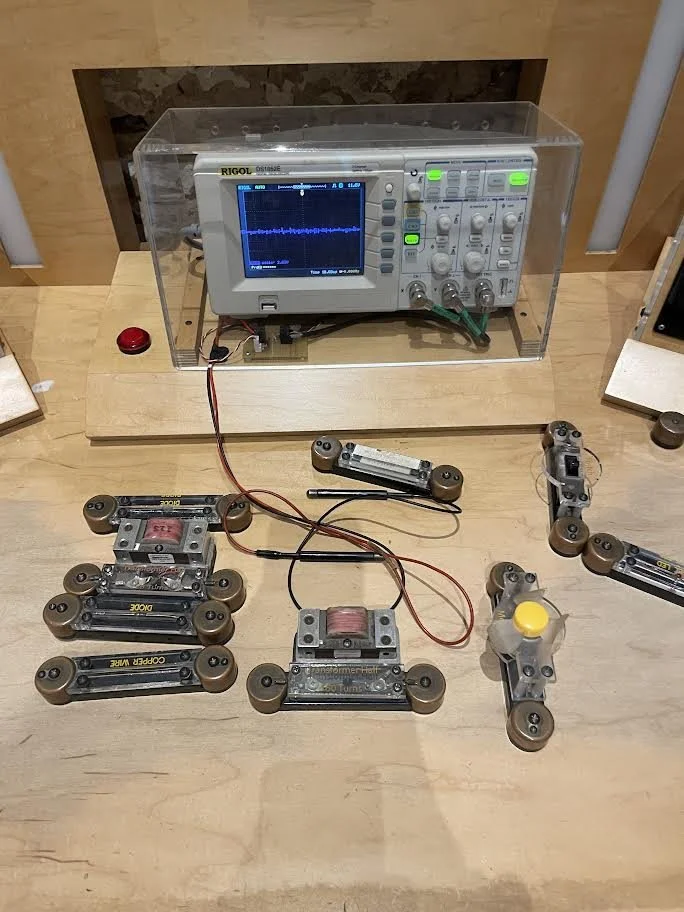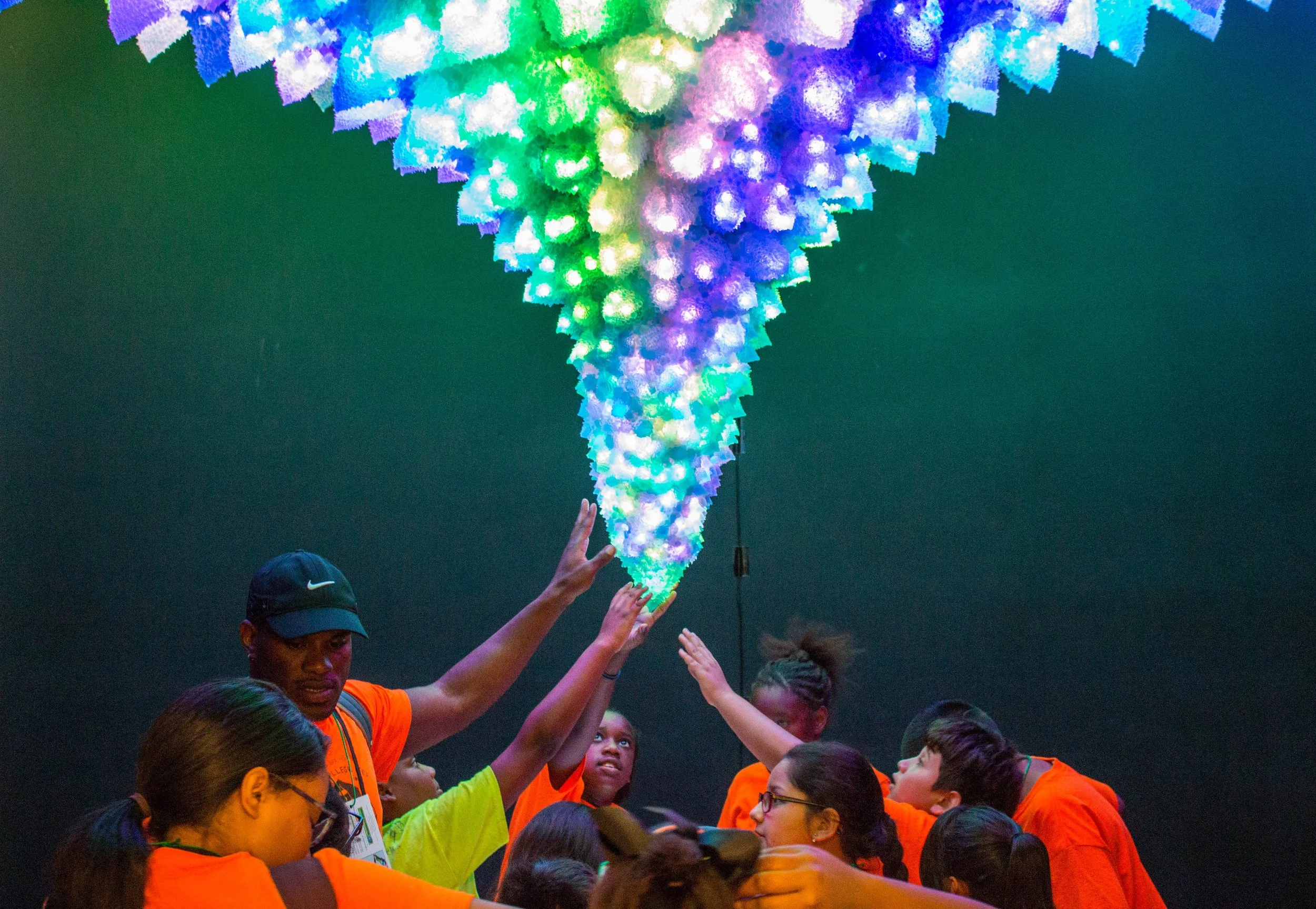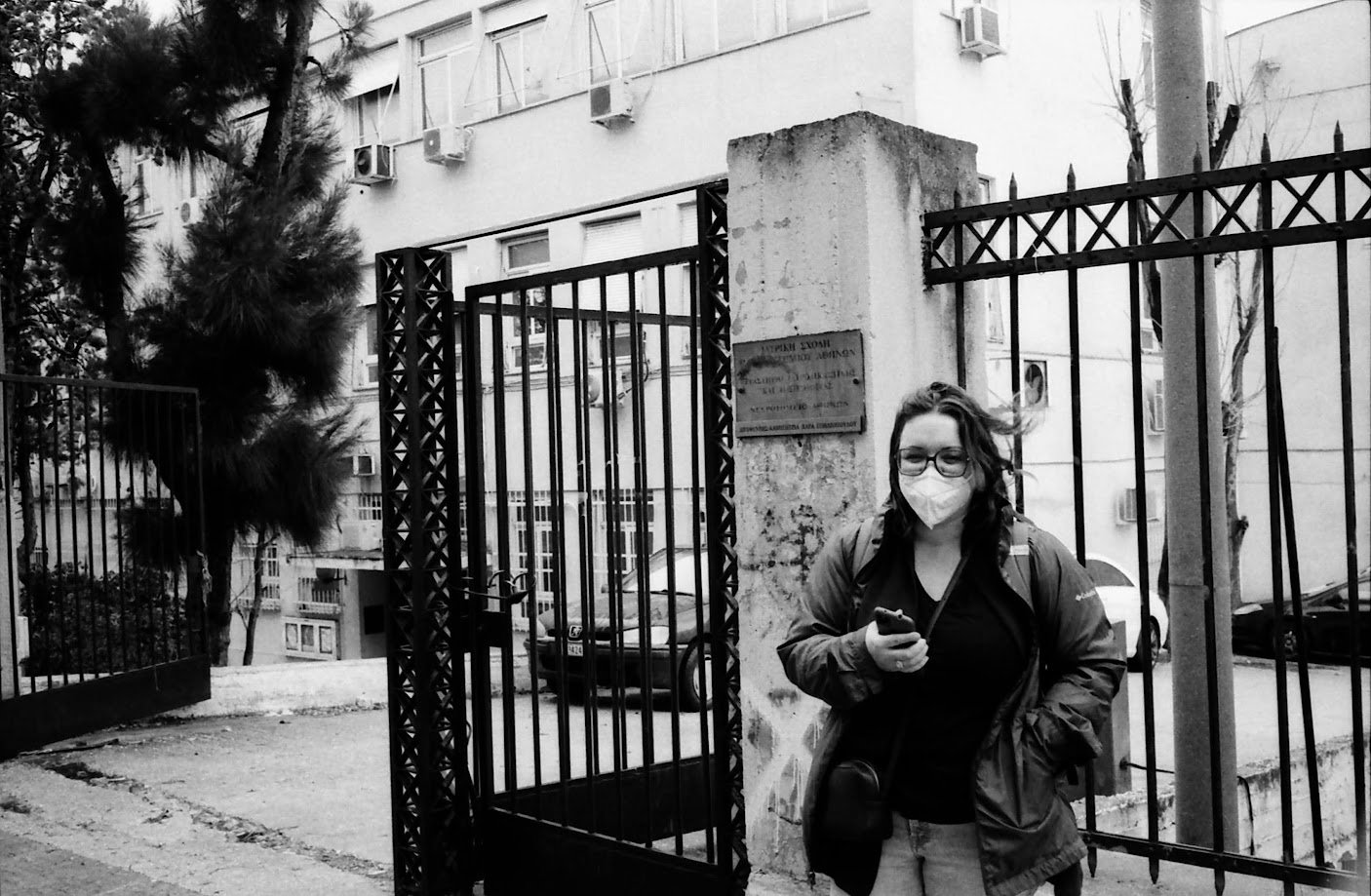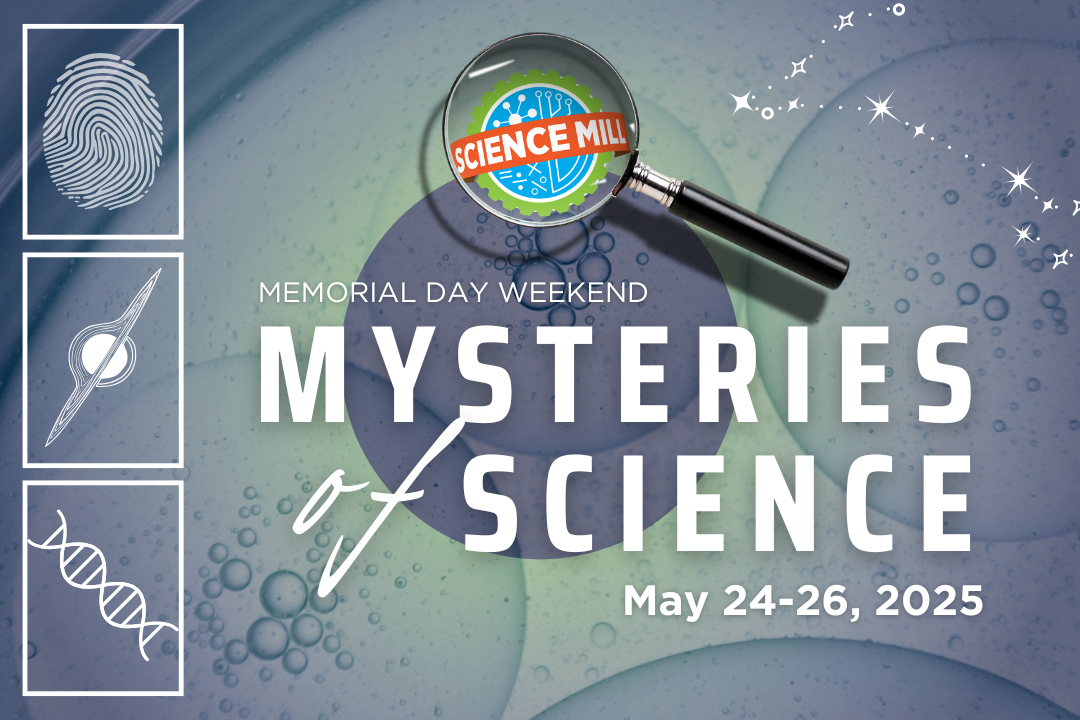Located in Johnson City, Texas, the Science Mill is a place where hands-on experiences ignite a passion for science, technology, engineering, and math. Our interactive exhibits do more than entertain; They help kids picture themselves in real STEM careers. Through playful exploration, young learners build curiosity, confidence, and a deeper understanding of how science shapes the world around them.
Two exhibits that spark STEM inspiratioN
BANANA PIANO
The Banana Piano Exhibit introduces kids to the world of circuits and conductivity in a fun, unexpected way. Using a wand and banana-shaped conductive keys, they complete a circuit that triggers musical sounds through a microcontroller. This playful activity encourages kids to imagine careers in circuit design, semiconductor engineering, or electronic music technology.
GO WITH THE FLOW
Go With The Flow Exhibit invites kids to experiment with AC and DC electricity in a safe, hands-on environment. They can build and control electrical circuits and try different experiments that show how electricity powers our world. This exhibit introduces the foundations of electrical systems and helps kids imagine careers like electrical engineering or becoming an electrician.
YOUR NEIGHBORHOOD SCIENCE MUSEUM
Every visit to the Science Mill is an opportunity for discovery. Our exhibits open doors to future possibilities, showing kids that STEM careers are within reach and that learning science can be exciting, creative, and fun.
Plan your visit today! Whether you’re looking for a unique family destination or a valuable learning experience, the Science Mill is here to help spark curiosity and a lifelong love for STEM.
